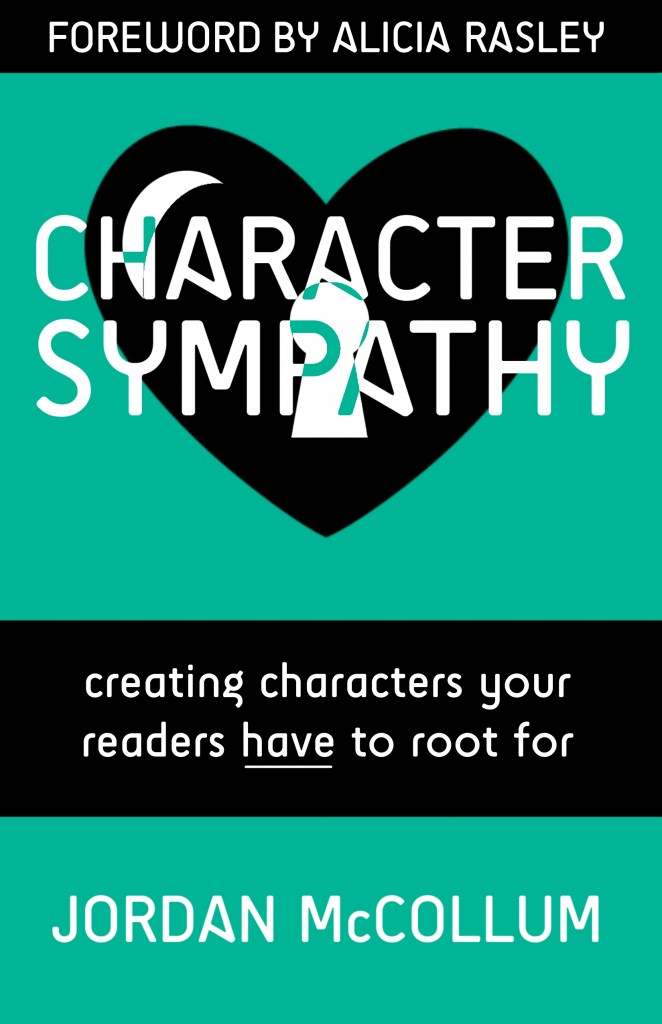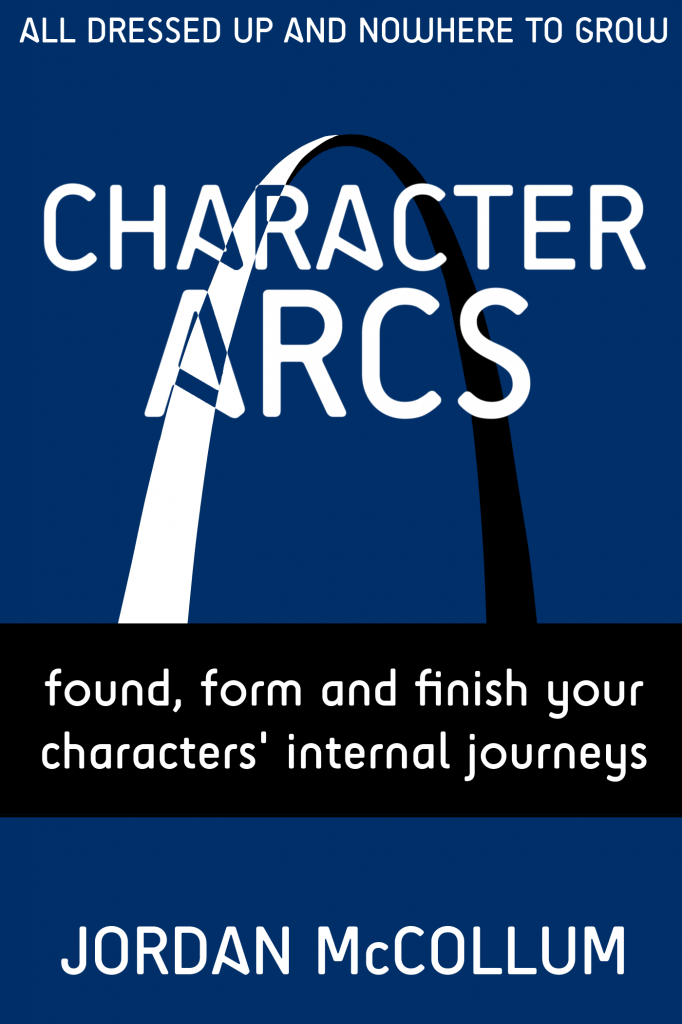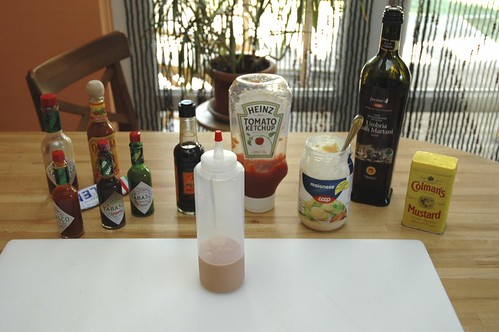I love reading writing blogs. I love the craft, I love learning more about it, and I love wasting time on the Internet, so writing blogs have been a major time-suck a favorite hobby.
But recently, I’ve noticed a sad trend among writing blogs. For example, yesterday, I was browsing Pinterest and saw a great graphic for an article on a writing craft topic. It happens to be a topic I’ve written a series about in the past, but I’m perennially curious, so I clicked through.
The article claimed to teach “how to write TECHNIQUE.” The actual article consisted of a paragraph introducing the topic, two points refreshing underlying principles, and two edited examples. The conclusion mentions that you don’t always have to use TECHNIQUE.

Yep. That’s it. Sure, the examples were accurate, but the article covers only one aspect of the technique and spends 200 words on it (and about 300 words on the rest of the article). There are entire books on the subject and I’ve written thousands of words on it myself. And this isn’t the only time I’ve seen this recently. In fact, it seems to have become a prevailing trend: a great headline on an important writing topic followed by what barely qualifies as an introduction.
Granted, a few other factors are in play here. I’ve studied writing craft off and on for fifteen years—mostly on for the last seven—and I’ve learned a lot. Much of the information out there geared toward beginners just wouldn’t interest me. But there’s a huge difference between covering a topic I already know about and not even covering the promised topic in the first place. (And admittedly, part of my frustration also stems from the fact that I’ve often written more extensively and helpfully about the same topics.)
I know that bloggers often have to leave room for commenters to participate and add to the discussion, but sometimes you can say so little that they have nowhere to go with the topic. I don’t know if these bloggers are pressed for time or not terribly interested in the craft (maybe they feel like the have to write about craft—you don’t), or maybe spending most of their blogging time crafting great graphics (which does take time). No matter what the reason, I often feel like the number of writing blogs out there has gone up while the quality, at least gauging by the articles I’ve seen shared, has gone down.

I’ve gotten so tired of it that I’ve stopped clicking on links that I can see go to certain sites that are particularly bad offenders, or links shared by all but a select few I know and trust.
This article would probably fall into that fairly useless category if I didn’t share some of those trusted resources, eh? So, here’s my top three sources for good, thought-provoking writing articles with practical, actual help:
- Jami Gold’s blog and Twitter feed
- Fiction University, Janice Hardy’s blog, and her Twitter feed
- Writers Helping Writers as well as the Twitter feeds of authors Angela Ackerman and Becca Puglisi
To go along with that: if you ever see me just barely scratching the surface of a promised topic, comment. Say something. Call me out. Heck, even start a fight. Pretending to teach an in-depth topic with two superficial examples isn’t helping anyone learn the technique. Let’s show more respect for the craft—and for our fellow writers’ intelligence.
What do you think? Are you reading fewer writing blogs these days? Has the quality gone down, or is it just the links I’m seeing?
Photo credits: Disappointed man—bark; Disappointed child—Rachel Monroe both via Flickr/CC











